Safety Technologies
Worker Safety Using Infrared
FERC Rejects PJM Transmission Planning Change
Safety Technologies

Safe Grounding in Substations
How to guard utility personnel from shock hazards
BY JEFF JOWETT, Megger
In the power industry, safety is just as important a function as performance. Safety considerations, parameters, and methods of implementation are an integral part of any electrical system. A most important element is the grounding system. This system performs several functions, not the least of which is safety. Substations are active in fault clearance, and personnel working in and around them, as well...
Related Articles
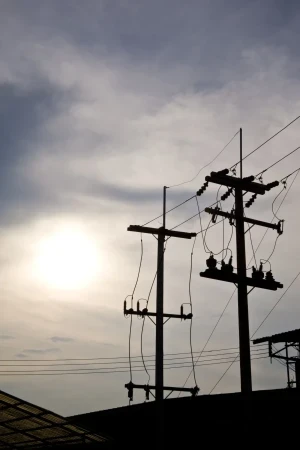
FERC Rejects PJM Transmission Planning Change
The Federal Energy Regulatory Commission (FERC) has rejected a proposal from PJM Interconnection, one of the United States' largest regional transmission organizations, to alter its transmission planning protocol. The decision represents a significant victory for state regulators who had expressed...
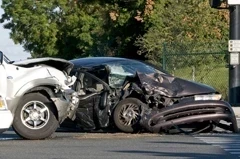
Distracted Driving Equals Disaster
Removing hazards caused from in-vehicle computing BY SCOTT BALL, Motion Computing No utility company would send a worker out in a truck with a known safety defect. North American electric utilities may not realize, however, that by failing to ensure that computing devices are used safely within...
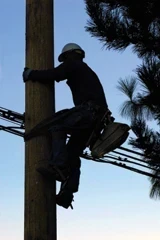
The Guide to IEEE Utility Safety Standards
A comprehensive review of IEEE guidelines and documents BY JIM TOMASESKI, IEEE, NESC Main Committee, PAR Electric Every day, utility workers are risking their lives in work environments that involve high-risk activities such as working at extreme heights, managing or repairing energized...

Fighting Heat Stress With Effective Workwear
In a perfect world, we could all work in weather-controlled environments where heat wouldn’t be a factor and comfort could be maximized. Many workplaces however, deal with very high temperatures and heat stress is a year-round risk that requires serious consideration. For many years the standards...
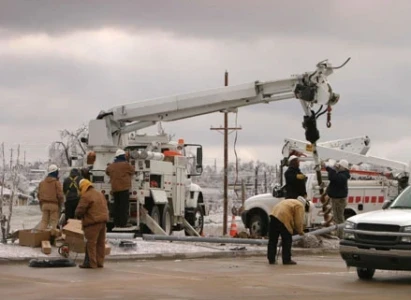
Battery Fires Pose Minor Environmental Risks, ACP Report Finds
Battery fires in large-scale energy storage systems (BESS) have raised concerns, but a recent review by the American Clean Power Association (ACP) found that such incidents pose only minor environmental risks. According to a third-party analysis of U.S. battery fires since 2012, these fires did not...
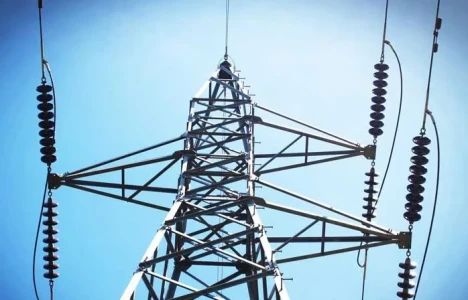
FERC Complaint Targets Duke, PJM Transmission Planning
A coalition of large energy consumers and ratepayer advocates has filed a complaint with the Federal Energy Regulatory Commission (FERC), urging the agency to prohibit transmission owners from independently planning "local" transmission projects exceeding 100 kilovolts (kV). The coalition argues...

12 Tips to Protect Against Common Lineworker Safety Hazards
Lineworkers face numerous risks daily, from respiratory ailments to electrical hazards. These dangers can result in severe injuries, low blood pressure, bleeding, and vomiting. However, by adhering to established safety protocols, contractors and employers can significantly reduce the likelihood of...
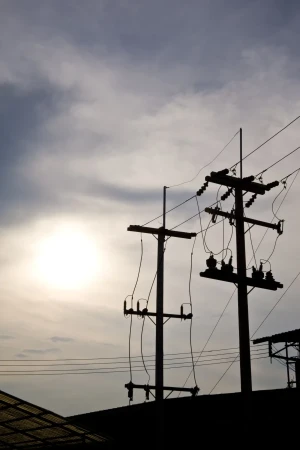
FERC Rejects PJM Transmission Planning Change
The Federal Energy Regulatory Commission (FERC) has rejected a proposal from PJM Interconnection, one of the United States' largest regional transmission organizations, to alter its transmission planning protocol. The decision represents a significant victory for state regulators who had expressed...

A Primer on the Codes and Standards Governing Battery Safety and Compliance
Batteries have greatly influenced the utility industry, and the evolution of battery chemistries has revolutionized their applications. With the emergence of new technologies and advancements in existing ones, standards committees and safety code writers are working to develop best practices and...
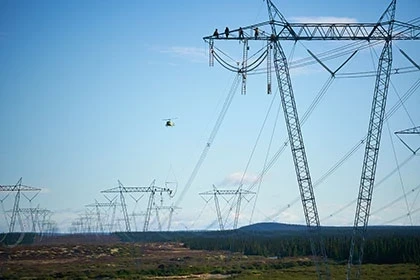
Building a Competency Program
At Valard, our people are the core and health of our business. Without our people, we have nothing. In fact, one of our slogans is “People. First.” However, being a people company means some of our biggest challenges are created by people. Our challenges are unique, as is each person...
